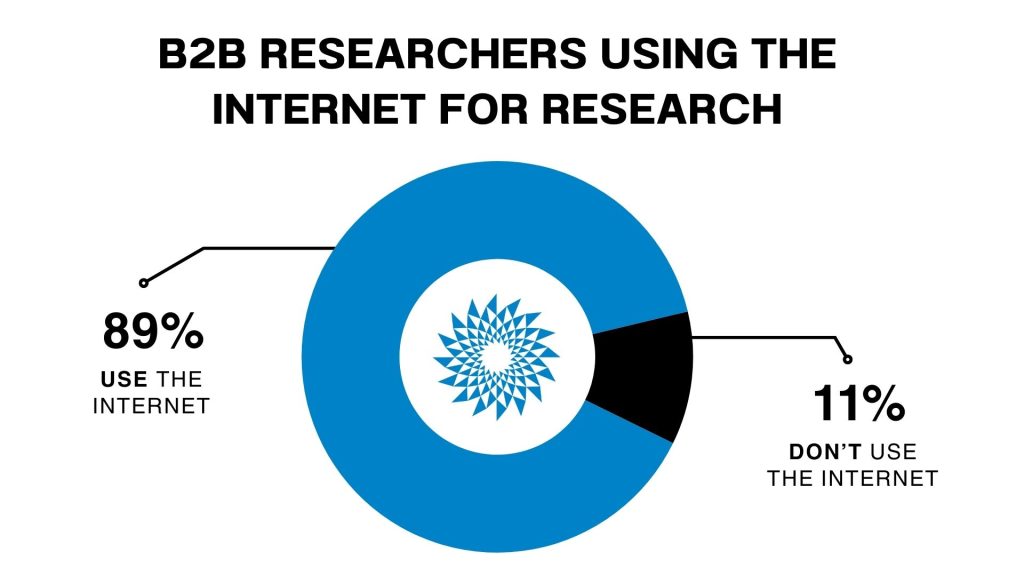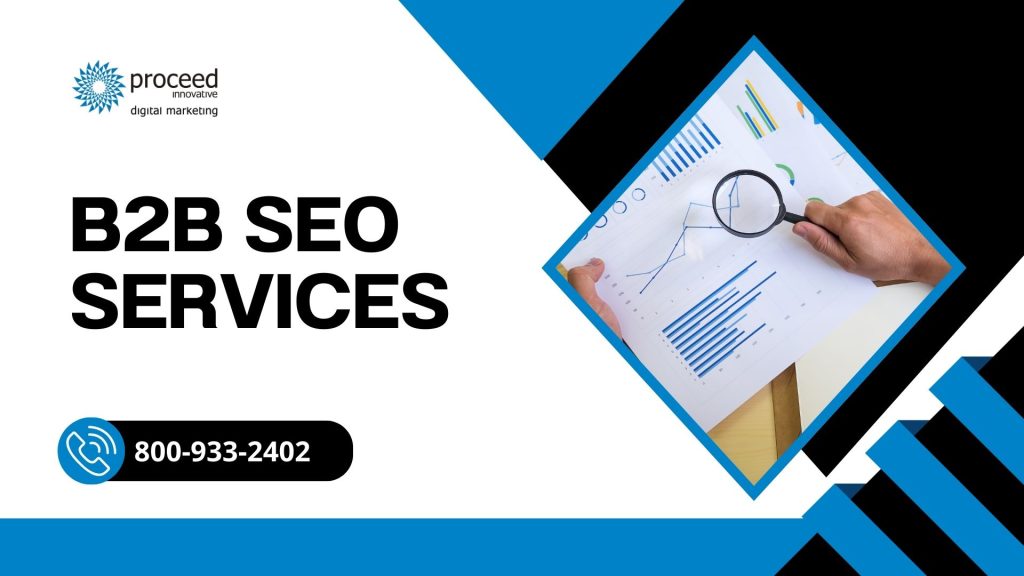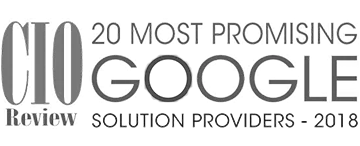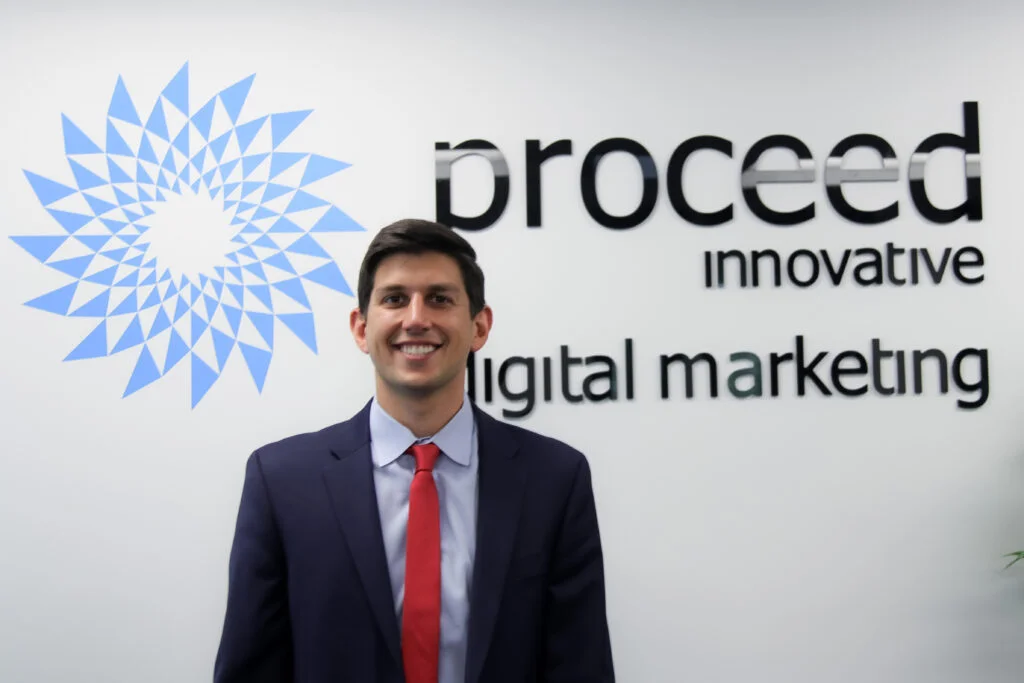Based in Schaumburg IL and serving clients nationwide since 2008
Businesses that serve other businesses contribute to their clients’ growth and success while also helping their own business grow, creating a win-win situation. However, B2B companies may have difficulty finding new clients and growing their business if they are not easily found online. Our digital marketing experts at Proceed Innovative have a proven track record of providing effective B2B SEO services that have helped B2B companies in many different industries improve their online visibility and rankings, leading to an increase in organic traffic, leads, and conversions.
One of the keys to increasing your online visibility and generating more organic traffic is to get your website to rank high in the search engine results pages (SERPs) for your most important keywords. It is also important to have a website that provides a seamless user experience in terms of loading speed and navigation so visitors can easily find the information they need. A good B2B SEO strategy covers both of these principles to ensure that your website is well optimized to rank higher in the SERPs and provides the best possible user experience to keep visitors on your site.
It is also important to monitor, maintain, and adjust SEO strategies to continue ranking high in the SERPs and keep an edge on your competition. If your business does not have the time, resources, or expertise to effectively implement and maintain a sound B2B SEO strategy, our experts at Proceed Innovative are ready to help.
Proceed Innovative is a full-service digital marketing agency based in Schaumburg, IL area that provides B2B search engine optimization services to help B2B companies increase their brand awareness and get more business opportunities online. We use proven, cost-effective techniques to align your SEO strategy to your specific marketing goals. You can expect measurable results and improved website ROI that will set your business up for sustained success. Our SEO experts also continuously monitor and adjust your B2B SEO strategy to make improvements and accommodate changes in SEO trends and search engine algorithms.
Why Businesses Who Serve Other Businesses Need B2B SEO
Individual consumers are not the only ones searching online for the products and services they need, businesses who require goods and services from other businesses are also turning to online searches. Our B2B SEO services go beyond improving your rankings, we also increase brand awareness and connect you with prospects within your target industry to generate valuable leads.
We will work with your business to understand your brand and your marketing goals. We then develop a B2B SEO strategy that reflects your brand and aligns with your marketing goals to enhance your online visibility and make an impression on industry leaders and decision makers. Our goal is to help establish your business as a trusted authority in your industry.

B2B SEO Services from Proceed Innovative
At Proceed Innovative, we strive to improve the visibility and profitability of your business through cost-effective B2B SEO services. We will help ensure that your website ranks well for your targeted keywords and generates qualified leads. You can expect the following when you work with us:
The following are the steps we take for our B2B SEO services:
Our B2B SEO services will benefit your business in the following ways:
Contact Proceed Innovative for B2B SEO Services
In today’s competitive digital landscape, an effective B2B SEO strategy is crucial for businesses that serve other businesses to stand out online, attract qualified leads, and drive sustained growth. At Proceed Innovative, we offer comprehensive B2B SEO services tailored to your unique needs and goals, ensuring your website ranks well for relevant keywords, delivers a seamless user experience, and consistently generates measurable results. By leveraging our expertise, you can enhance your online visibility, increase brand awareness, and establish your business as a trusted authority in your industry.
Partnering with Proceed Innovative means you will benefit from a full-service approach to B2B SEO that includes strategy development, audits, ongoing management, and consulting. Our team is dedicated to helping you achieve long-term success by continuously monitoring and refining your SEO campaign to adapt to changes in search engine algorithms, industry trends, and your business objectives. Let us help your business grow by connecting you with your target audience and delivering an exceptional ROI through proven and cost-effective SEO techniques.
Give Proceed Innovative a call at (800) 933 2402 or submit a contact form for more information about our B2B SEO services.
B2B SEO FAQ:
Testimonials
























